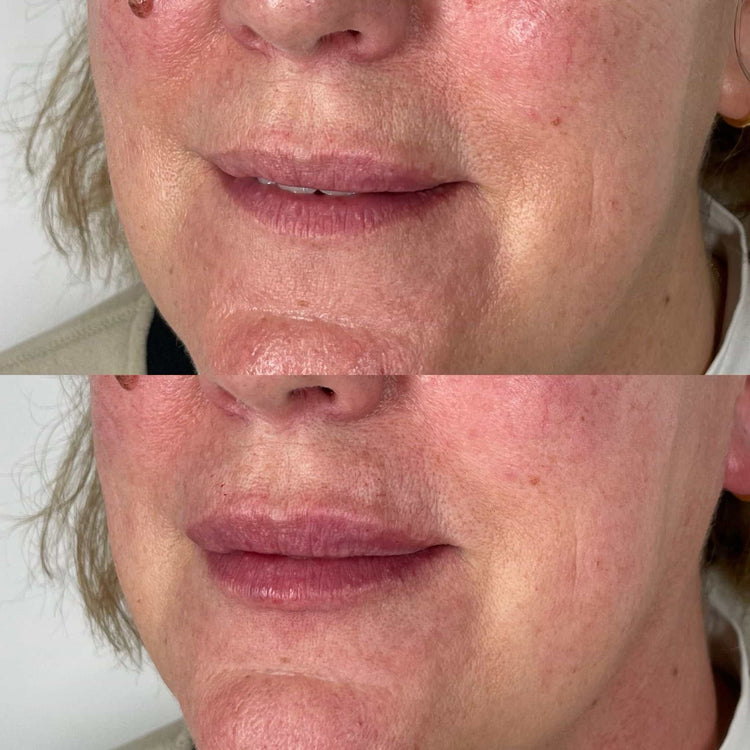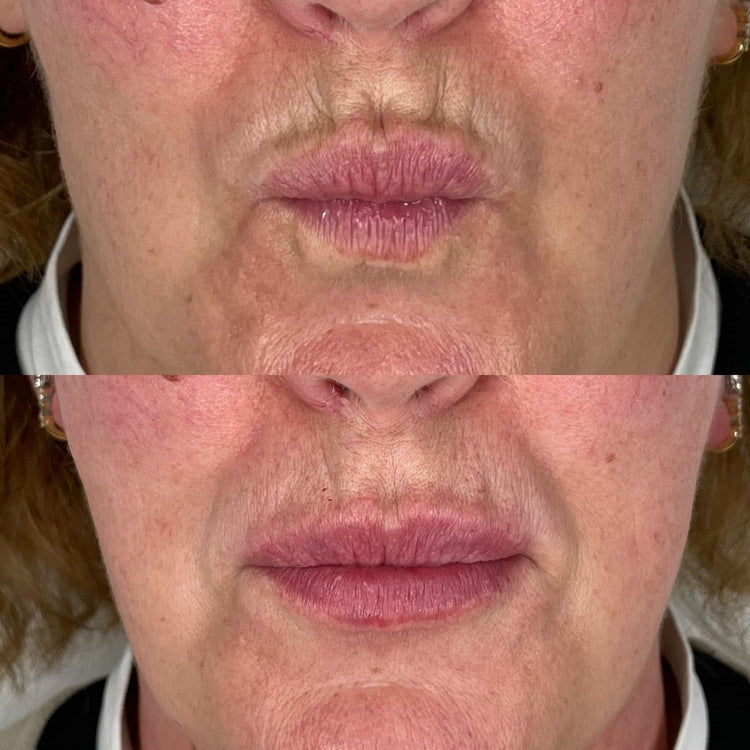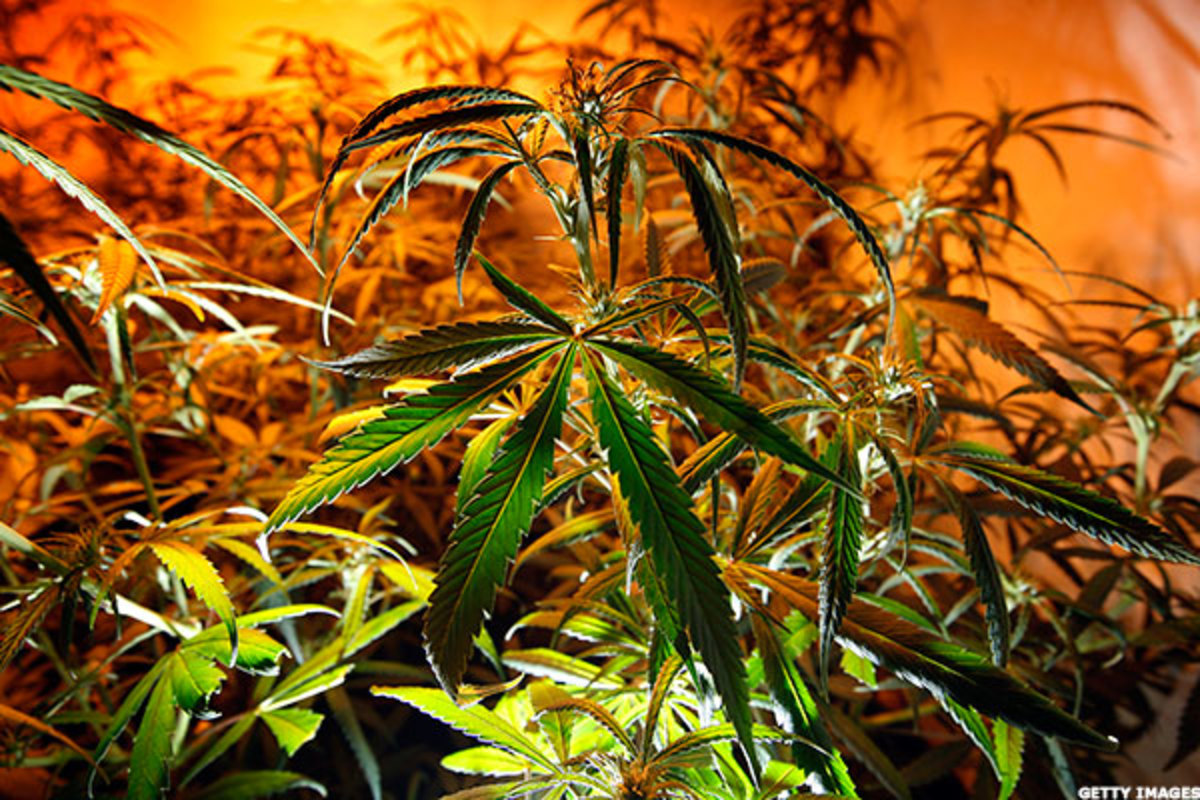Immediate Post-Treatment Care
Dermal fillers offer a safe and effective way to enhance facial features, smoothing wrinkles, adding volume, and refining contours. However, proper aftercare is essential to ensure optimal results and minimize potential complications.
Applying Ice Packs
Immediately after dermal filler treatment, applying ice packs can help reduce swelling and inflammation. Wrap the ice pack in a thin towel and apply it to the treated area for 10-15 minutes at a time, with breaks in between. Avoid direct contact of ice with the skin, as this can cause further irritation.
Elevating the Treated Area
Another important step in immediate post-treatment care is elevating the treated area. This helps to minimize swelling and fluid buildup. Prop yourself up with pillows while resting or sleeping for several days after the procedure.
Avoiding Touching or Rubbing
Avoiding touching or rubbing the treated area is crucial in the immediate aftermath of dermal filler treatment. Excessive manipulation can lead to bruising, swelling, and uneven distribution of the filler.
It’s best to gently cleanse the area with lukewarm water and a mild soap as directed by your provider. Avoid scrubbing or using harsh products that could irritate the delicate skin.
First 24-48 Hours
The first 24-48 hours following dermal filler treatment are crucial for minimizing swelling, promoting healing, and ensuring optimal results. During this initial period, it’s essential to follow specific aftercare instructions provided by your provider to maximize the benefits of your treatment.
Keeping Your Head Elevated
Elevating your head during the first 24-48 hours after dermal filler treatment is crucial for minimizing swelling and fluid buildup. Prop yourself up with pillows while resting or sleeping to promote proper drainage and reduce puffiness in the treated area.
Eating Soft Foods
During the first 24-48 hours after dermal filler treatment, it’s important to focus on reducing swelling and inflammation. Eating soft foods can make this period more comfortable as it minimizes strain on your facial muscles and reduces the risk of irritating the treated area.
Opt for smoothies, soups, yogurt, mashed potatoes, eggs, and cooked fruits and vegetables. These foods are easy to chew and swallow, and they provide essential nutrients to support healing.
Avoiding Alcohol and Smoking
The first 24-48 hours after dermal filler treatment are crucial for minimizing swelling, promoting healing, and ensuring optimal results. During this initial period, it’s essential to avoid alcohol and smoking as they can interfere with the body’s natural healing processes.
Alcohol can increase blood flow and inflammation, potentially leading to increased swelling and bruising. Smoking constricts blood vessels, which can hinder circulation and delay the absorption of the filler.
Week 1
Week 1 following dermal filler treatment is a critical time for recovery and achieving optimal results. During this period, diligent adherence to aftercare instructions is paramount to minimize swelling, promote healing, and ensure the longevity and aesthetic outcome of your treatment.
Using Sunscreen
Week 1 following dermal filler treatment is a crucial period for recovery and achieving optimal results. During this time, it’s essential to continue following your provider’s aftercare instructions diligently.
- Avoid excessive sun exposure and always apply sunscreen with an SPF of 30 or higher, even on cloudy days. Sun damage can affect the longevity of dermal filler results and increase the risk of pigmentation changes.
- Continue to elevate your head while sleeping to minimize swelling.
- Maintain a healthy diet rich in fruits, vegetables, and water to support healing and overall well-being.
- Gently massage the treated area as instructed by your provider to promote circulation and distribute the filler evenly.
- Avoid any strenuous activity or exercise that could put pressure on the treated area.
Remember to schedule a follow-up appointment with your provider to monitor your progress and address any concerns you may have.
Continuing to Avoid Touching the Area
Week 1 following dermal filler treatment is a crucial period for recovery and achieving optimal results. During this time, it’s essential to continue following your provider’s aftercare instructions diligently.
- Avoid touching or rubbing the treated area as you did during the first few days.
- Continue to avoid applying makeup, skincare products, or anything else on the treated area until instructed by your provider.
- Maintain good sleep hygiene and get enough rest to support healing.
- Avoid activities that could lead to pressure or trauma on the treated area, such as strenuous exercise, facials, or massages.
Remember to schedule a follow-up appointment with your provider to monitor your progress and address any concerns you may have.

Managing Swelling and Bruising
Week 1 following dermal filler treatment is a crucial period for recovery and achieving optimal results. During this time, it’s essential to continue following your provider’s aftercare instructions diligently.
- Avoid touching or rubbing the treated area as you did during the first few days.
- Continue to avoid applying makeup, skincare products, or anything else on the treated area until instructed by your provider.
- Maintain good sleep hygiene and get enough rest to support healing.
- Avoid activities that could lead to pressure or trauma on the treated area, such as strenuous exercise, facials, or massages.
Remember to schedule a follow-up appointment with your provider to monitor your progress and address any concerns you may have.
Following Weeks

The initial days following dermal filler treatment are crucial for minimizing swelling, promoting healing, and ensuring optimal results. During this period, it’s essential to carefully follow specific aftercare instructions provided by your provider to maximize the benefits of your treatment.
Maintaining Sun Protection
Maintaining sun protection is vital throughout the weeks following dermal filler treatment. The skin in the treated area may be more sensitive to sun exposure and prone to hyperpigmentation or darkening, especially if you have a history of sun sensitivity.
Continuing to apply sunscreen with an SPF of 30 or higher daily, even on cloudy days, is essential to protect your investment and ensure long-lasting results.
Hydrating Properly
During the weeks following dermal filler treatment, it’s crucial to prioritize hydration. Drinking plenty of water helps flush out toxins, supports skin elasticity, and promotes overall well-being. Aim for at least 8 glasses of water per day, or more if you are physically active.
Staying properly hydrated is essential in the weeks following dermal filler treatment because it supports your body’s natural healing processes and contributes to optimal outcomes.
Scheduling Follow-Up Appointments
Scheduling follow-up appointments with your provider is essential for monitoring your progress, ensuring optimal results, and addressing any concerns that may arise throughout the weeks following dermal filler treatment. Your provider will assess the placement of the filler, evaluate any potential side effects, and make any necessary adjustments to achieve your desired aesthetic outcome.
The frequency of follow-up appointments may vary depending on individual needs and the type of filler used. However, it’s generally recommended to schedule a follow-up appointment 1-2 weeks after the initial treatment.
Things to Avoid at All Times**
While dermal fillers offer fantastic results, there are certain things you should avoid to ensure optimal healing and prevent complications.
Direct Sunlight
- Direct sunlight: UV rays can break down hyaluronic acid, the main component in many dermal fillers, leading to faster degradation of the product and potentially uneven results.
- Excessive rubbing or touching: This can irritate the treated area, cause bruising, and disrupt the distribution of the filler.
- Strenuous activity: Intense exercise can increase blood flow and put pressure on the treated areas, potentially leading to swelling, migration of the filler, or bruising.
- Hot tubs and saunas: These environments raise body temperature, which can cause inflammation and affect the filler’s longevity.
- Makeup and skincare products: Avoid applying these until your provider gives you the go-ahead as they could irritate the treated area or interfere with healing.
Touching or Picking at the Area**
Avoiding touching or rubbing the treated area is crucial in the immediate aftermath of dermal filler treatment. Excessive manipulation can lead to bruising, swelling, and uneven distribution of the filler.
Using Harsh Skincare Products
Using harsh skincare products after dermal fillers can irritate the delicate skin and potentially disrupt the filler’s placement. Opt for gentle, fragrance-free cleansers and moisturizers formulated for sensitive skin.
- Why Do I Have Jelly Like Mucus In My Nose? - November 9, 2025
- What Is The Best Non-Surgical Facelift For Jowls UK? - November 8, 2025
- What Are The Best CBD Gummies For Boosting Mood And Energy? - November 6, 2025

